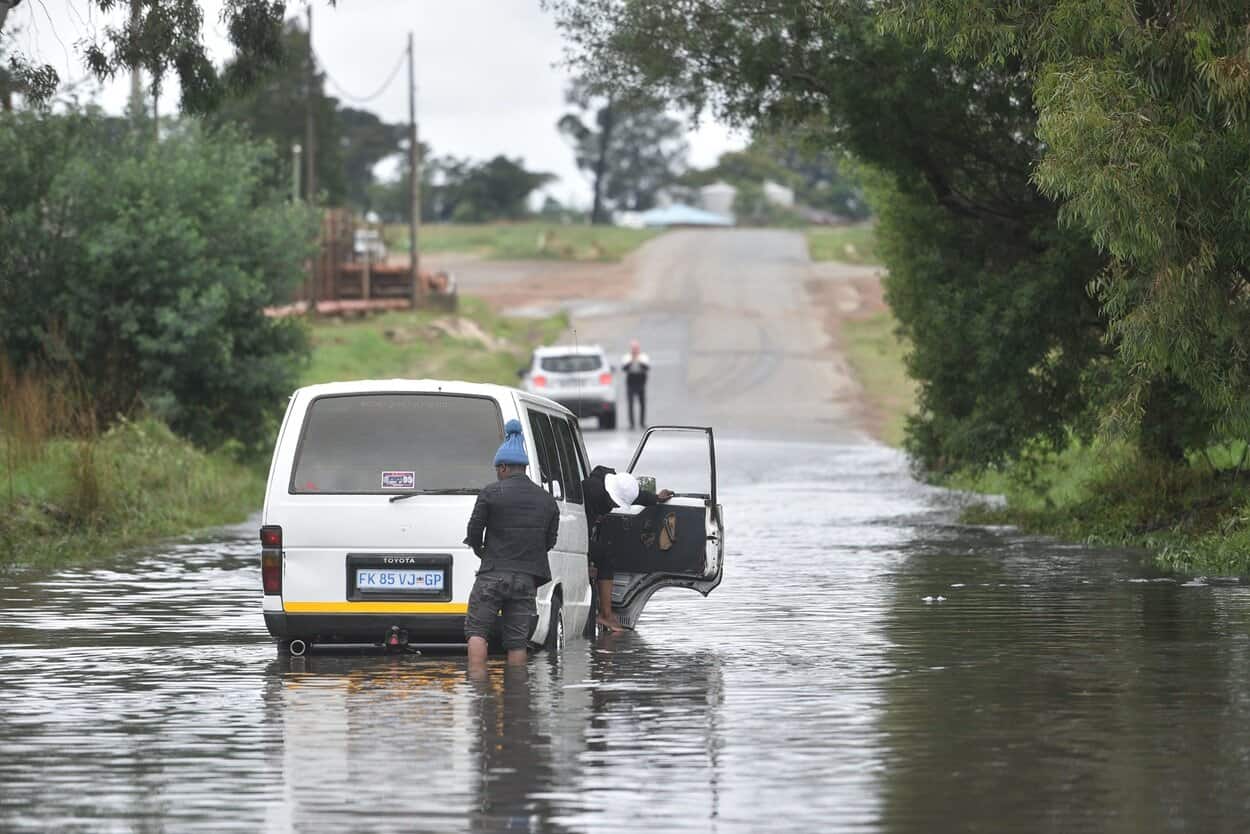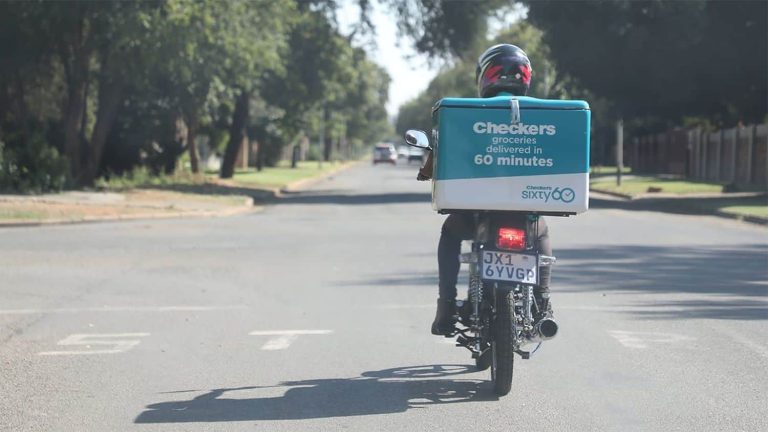
The South African Weather Service’s recent level 9 severe weather warning has again highlighted how quickly the country’s roads can turn into danger zones when heavy rain sets in.
Though large-scale floods tend to dominate the headlines, a quieter but more persistent threat is reshaping South Africa’s road safety landscape: localised flooding.
These smaller, yet increasingly frequent events are exposing motorists, infrastructure and the insurance industry to risks still widely underestimated.
Localised flooding is becoming a major road safety threat
Data from the South African Insurance Association’s Insurance Data System paints a stark picture. Since 2020, non-life insurers have processed at least 7 000 weather-related motor claims each year, with total payouts exceeding R1.6 billion between 2020 and 2024.
The peak was in 2021, when more than 14 000 motor claims were linked to extreme weather.
ALSO READ: No major incidents after torrential rainfall lashes Joburg
Behind the numbers lies a clear trend – worsening weather volatility is placing mounting financial pressure on insurers and leaving motorists vulnerable.
The danger lies in the speed and unpredictability of localised flooding. Unlike prolonged flood events, which build up over days or weeks, localised flooding can develop within minutes when intense downpours overwhelm stormwater drains, low-lying bridges and poorly maintained road surfaces.
In these conditions, roads become slick, vehicles are more prone to hydroplaning and visibility rapidly deteriorates.
Risk to life escalates
Potholes, missing manhole covers and debris are quickly concealed by water, turning familiar routes into traps. Even shallow water can cause vehicles to stall and leave occupants stranded; in deeper or fast-moving water, the risk to life escalates sharply.
The KwaZulu-Natal floods of 2022 – in which more than 400 people died – remain a grim reminder of the human cost when water, infrastructure weaknesses and risk-taking behaviour collide.
ALSO READ: More extreme weather expected to hit South Africa this week
The impact of localised flooding extends far beyond individual drivers. When key arteries become waterlogged or impassable, the ripple effects are felt throughout the transport network.
Congested detours, secondary collisions and road closures can delay emergency services, disrupt public transport and slow the movement of goods.
Damage to road surfaces, bridges and drainage systems often only becomes fully visible once the water recedes, leaving municipalities with costly repairs and communities with long disruptions.
Flooding trigger claims
For the insurance sector, the same weather system can trigger claims across multiple lines of business – from motor damage and property losses to liability and business interruption – making it harder to price risk accurately and stretching traditional underwriting models.
In this context, building resilience is becoming a core requirement of how South Africa approaches road safety, urban planning and risk finance.
ALSO READ: More rain expected in parts of South Africa on Monday
The SA Insurance Association advocates a collaborative response that brings together government, business and communities.
On the infrastructure side, this means sustained investment in modern stormwater systems, flood-resilient road design and more sustainable urban planning that takes drainage, runoff and land use into account.
As climate risks intensify, infrastructure built for a different era is being tested beyond its original design.
Role of technology
Technology also has a central role to play. Better use of live weather data, geolocation tools and traffic information can support real-time alerts to motorists when conditions deteriorate, helping them avoid known hotspots and flooded low-lying routes.
At the same time, public education is critical. Awareness campaigns that reinforce simple, lifesaving messages – such as not attempting to drive through moving or unknown-depth water, can shift behaviour over time, particularly in high-risk regions and during peak rainy seasons.
ALSO READ: Warnings issued as disruptive rain to hit South Africa on Sunday
Within the insurance sector, innovation is needed to keep pace with these emerging risks.
Products that reward proactive risk reduction – for example, telematics-based policies that encourage safer driving, or cover structures that support investment in better vehicle maintenance and security – are part of a broader toolkit for building resilience.
Localised flooding is a road safety, infrastructure and financial stability challenge with significant human and economic costs.
Road safety, infrastructure and financial stability challenge
For the insurance industry, the stakes revolve around protecting policyholders, supporting resilience and enabling smarter risk management.
For communities, the imperative is saving lives and safeguarding livelihoods. When roads turn into rivers, the question is whether SA can build a system resilient enough to withstand them.
ALSO READ: Clear skies or surprises? Cape Town weekend weather revealed
With shared responsibility, better planning and proactive investment, SA can change the trajectory of this crisis before the next warning siren sounds.



